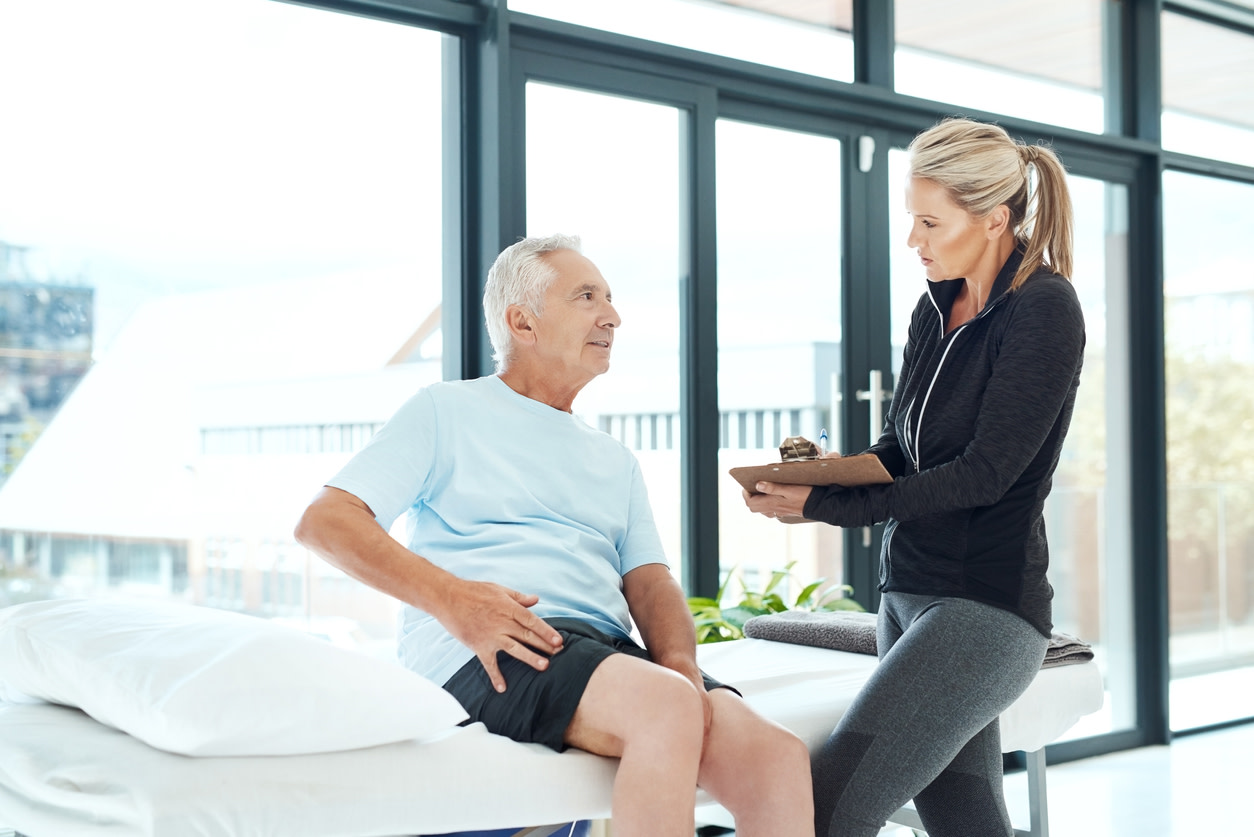Tratamiento de la artritis de cadera: consejos y ejercicios para el dolor y la movilidad
Descubra opciones eficaces de tratamiento de la artritis de cadera, incluidos ejercicios de fisioterapeutas para aliviar el dolor y mejorar la movilidad.
$0 costo para usted
Fecha de Publicación: Aug 9, 2024
El índice
Fully covered hip pain relief
Find relief from hip pain, buttock pain, hip tendonitis, & more.
Check if I'm eligible